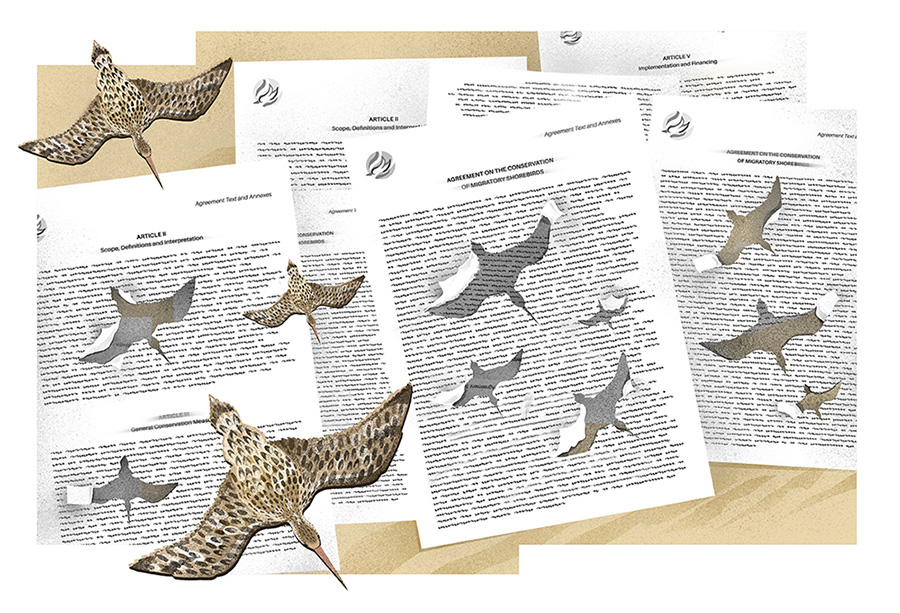Olive ridley turtles travel international waters, requiring radical conservation solutions.
Satellite tracking of Olive ridley sea turtles off the cost of central Africa has revealed that existing protected areas may be inadequate to safeguard turtles from fishing nets, according to scientists at the University of California-Santa Cruz, the Wildlife Conservation Society, the University of Exeter, and others. Scientists involved in the study recommended the first international marine park spanning the waters of Gabon and the Republic of Congo to better international cooperation to manage this threatened species. In the first comprehensive tracking study of Olive ridley sea turtles during the nesting season, the authors tagged 18 female turtles in Mabuya National Park, Gabon, during their journeys ashore to lay eggs.
The nesting season brings the turtles closest to the coastline and to the danger of being captured in fishing nets. Both Mayumba and the Conkouati-Douli National Park in the neighbouring Republic of Congo were created to protect both Olive ridley and leatherback sea turtles from fishing nets but dozens of dead Olive ridley sea turtles have continued to wash up on the shores every year, resulting in mounting concern.
Using telemetry data, this study found that sea turtles here regularly range outside protected areas, get caught in fishing nets and then wash ashore dead. Based on the results of the study, it is believed that the newly proposed and expanded international marine protected area will better protect 97% of the most critical habitat for Olive ridley sea turtles in the region.
References:
Maxwell, SM., GA Breed, BA Nickel, J Makanga-Bahouna, E Pemo-Makaya, RJ Parnell, A.Formia, S Ngouessono, BJ Godley, DP Costa, MJ Witt, and MS Coyne. 2011. Using satellite tracking to optimize protection of long-lived marine species: Olive ridley sea turtle conservation in Central Africa. Public Library of Sciences (PLoS) One 6(5): e19905






